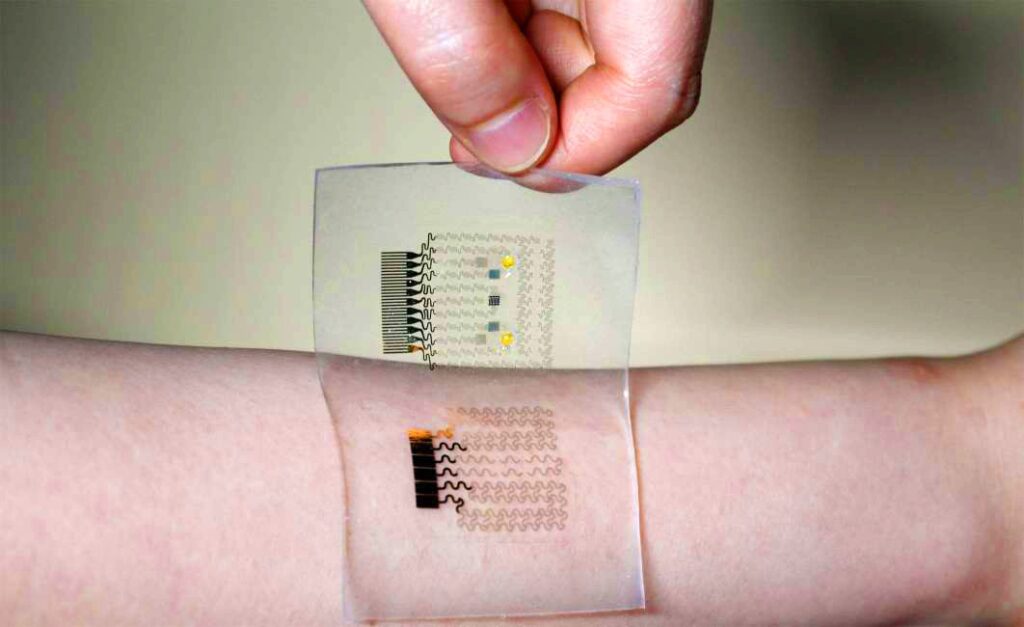The patch is applied directly to the wound and releases for 4 days a painkiller that inhibits the inflammatory processes that are the basis of pain
Researchers at Duke University (North Carolina) have developed a special pain-relieving patch that can be applied directly to post-operative wounds. The medical device provides a period of pain relief through the release of a non-opioid pain reliever. In detail, the patch releases a substance capable of deactivating Cox-2 (cyclooxygenase-2) an enzyme that plays a key role in generating the inflammatory reactions that underlie pain. By inhibiting this process, the patch could eliminate pain without taking any other drugs. As you can easily guess, the applications could be many. In particular, the pain relief patch could be very useful in endoscopic procedures and in cases where it is not advisable to take opioid-based drugs, for example after cesarean section or children’s surgeries. Duke University’s project is very ambitious and has received funding of $2 million from the state of Ohio.
Read also → No more needles: the vaccine-patch is coming against measles
How does Duke University’s pain relief patch work?
For the moment, the pain relief patch has been tested in the laboratory on rodents. The results of this trial were released in an article published in the peer-reviewed Journal of Controlled Release. In the text, it states that “in studies with mice mimicking the neuropathic pain of diabetes, the pain-relieving patch was placed against a nerve and provided a four-day nerve block.” At the end of this period, the patch dissolved and was naturally absorbed into the guinea pigs’ plasma. Before reaching the market, the medical device devised by Duke University researchers will have to pass several more stages of testing. If all goes well, we could conceivably see it in pharmacies – indeed, apply it – as early as a couple of years from now. “If you can get four or five days of pain control from the patch and you don’t have to take other pain medications, not only are you avoiding some of the side effects and risks of addiction, but you’re focusing the therapy where you need it,” explained research coordinator Matthew Becker.
You might also be interested in → Taopatch, the sensor that improves mind and body
